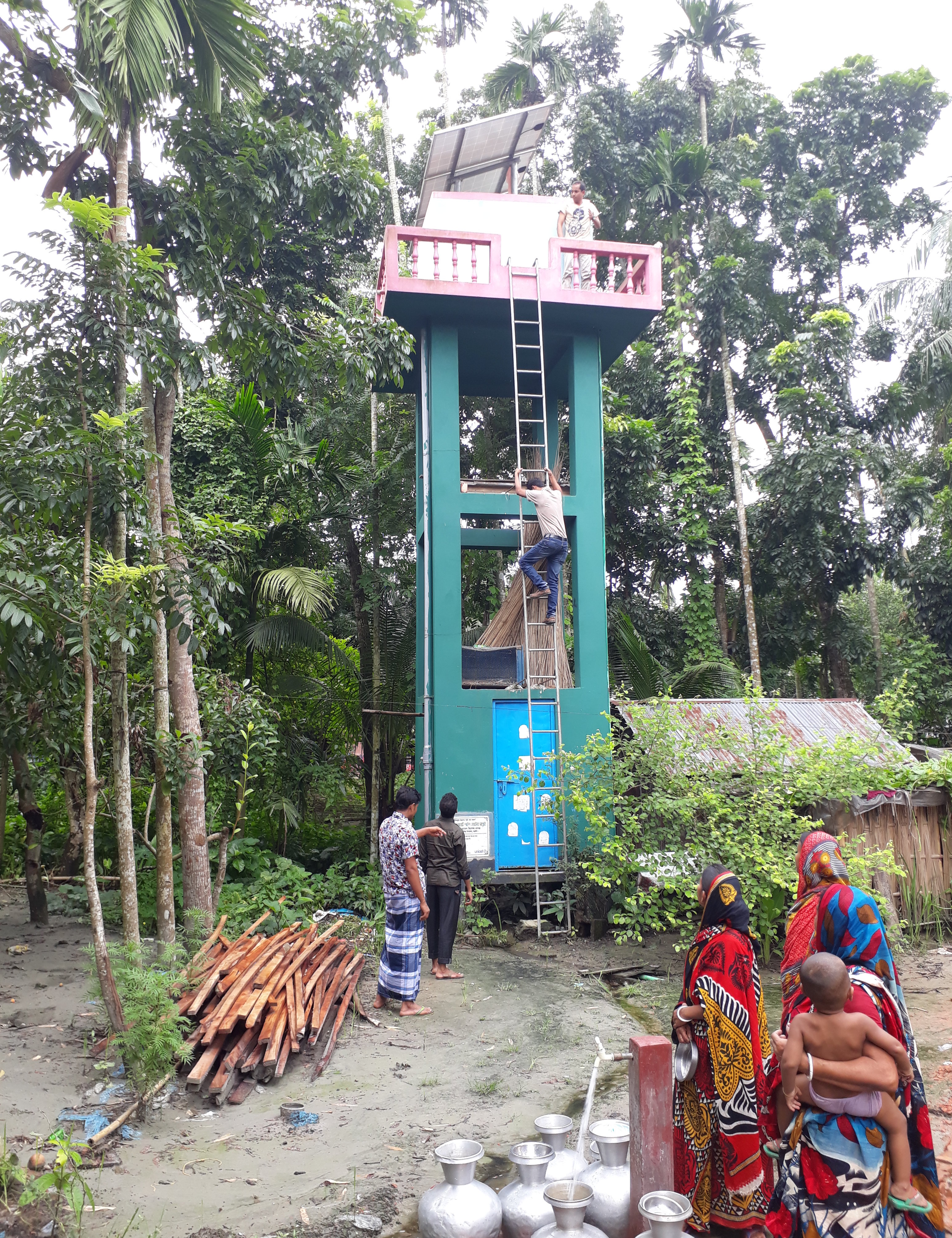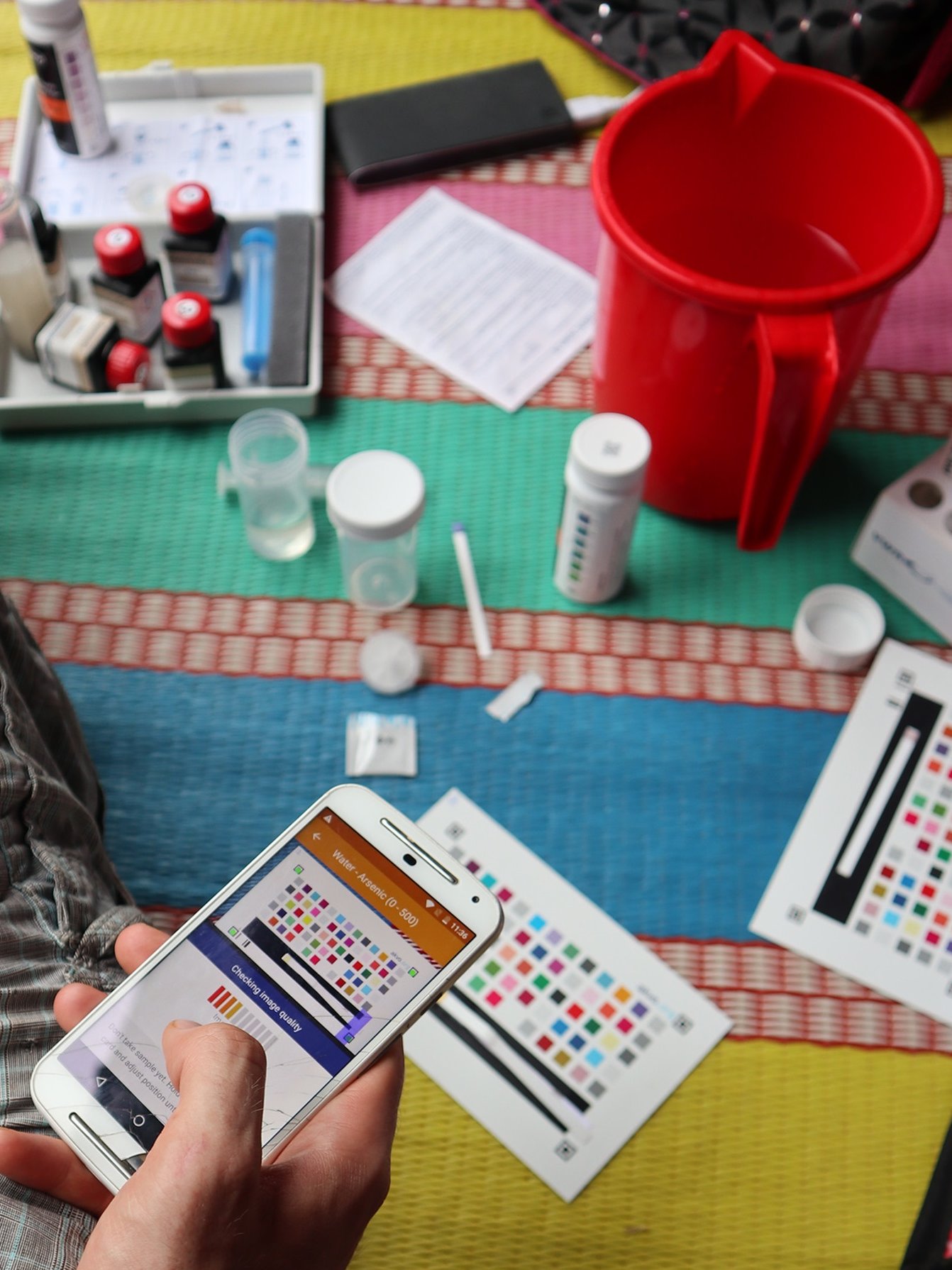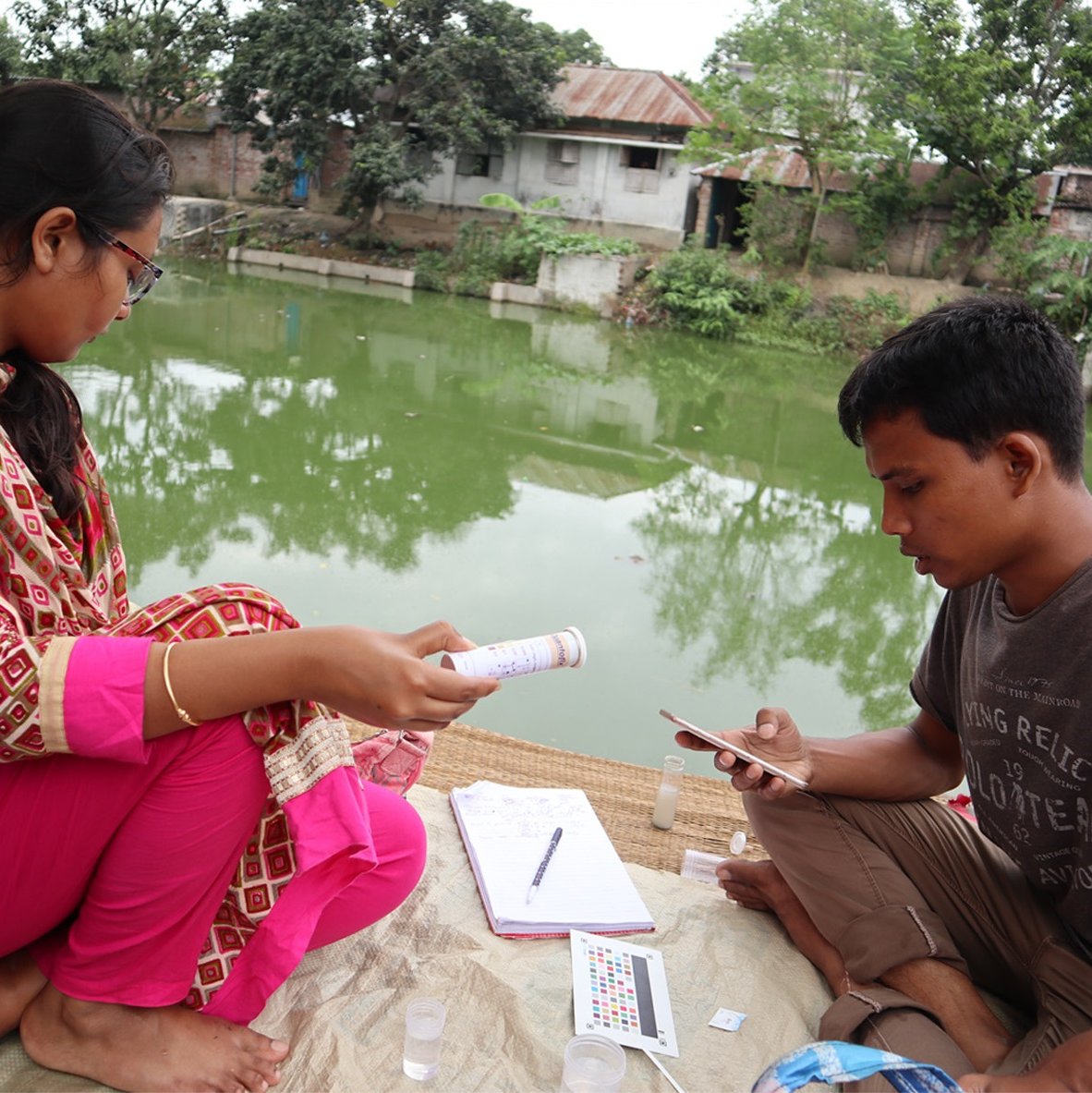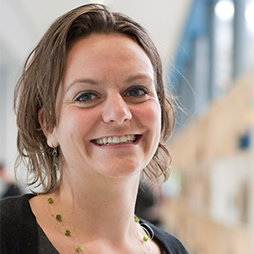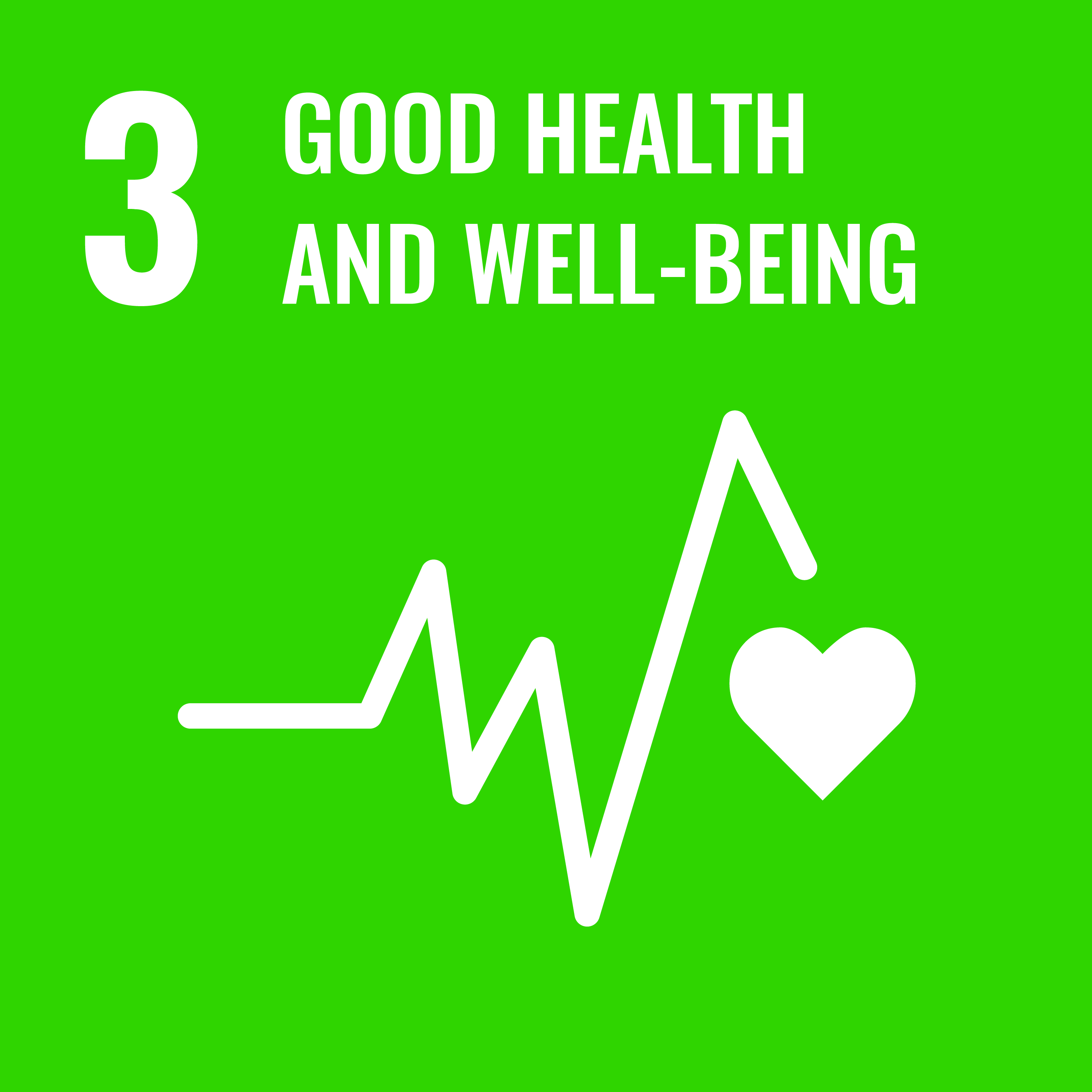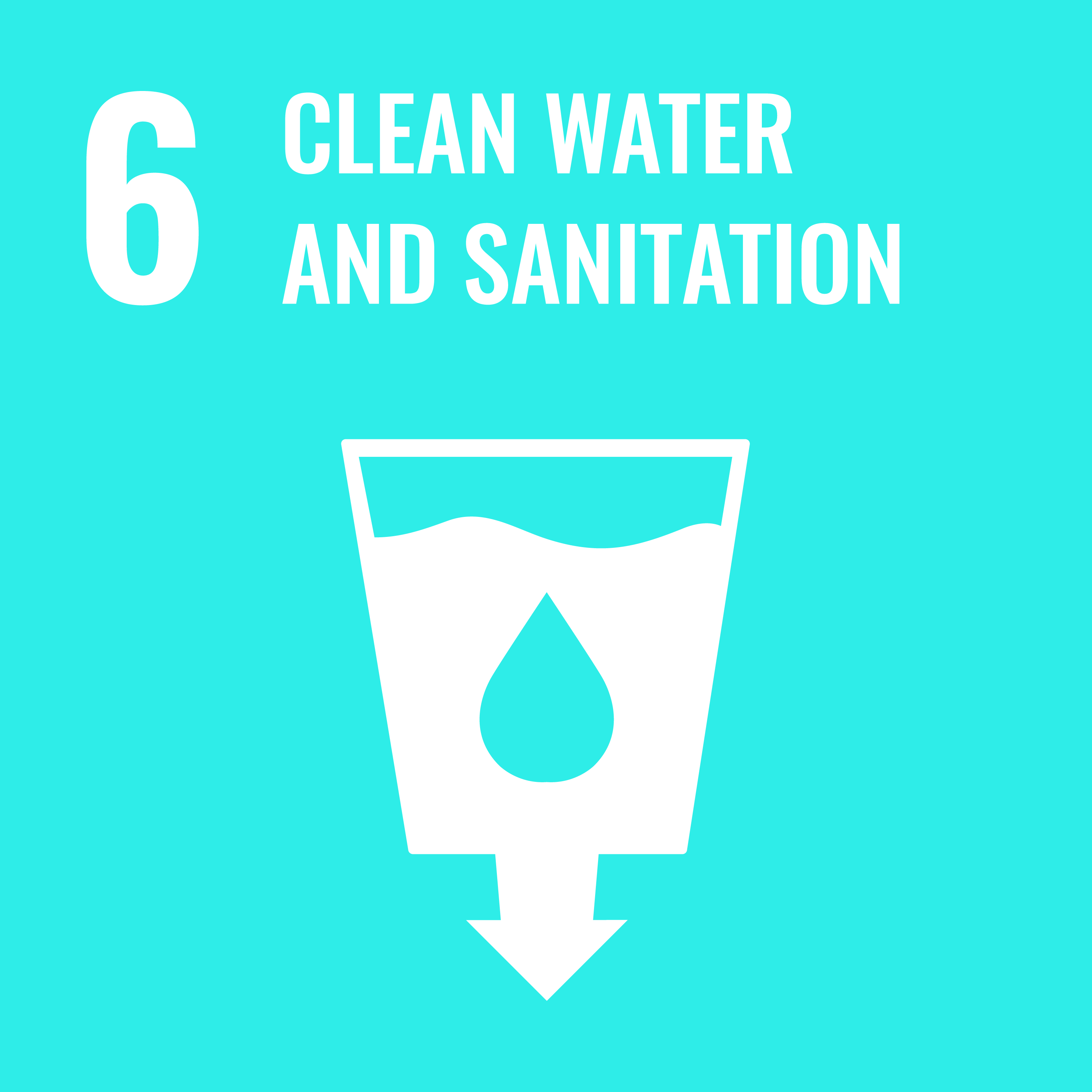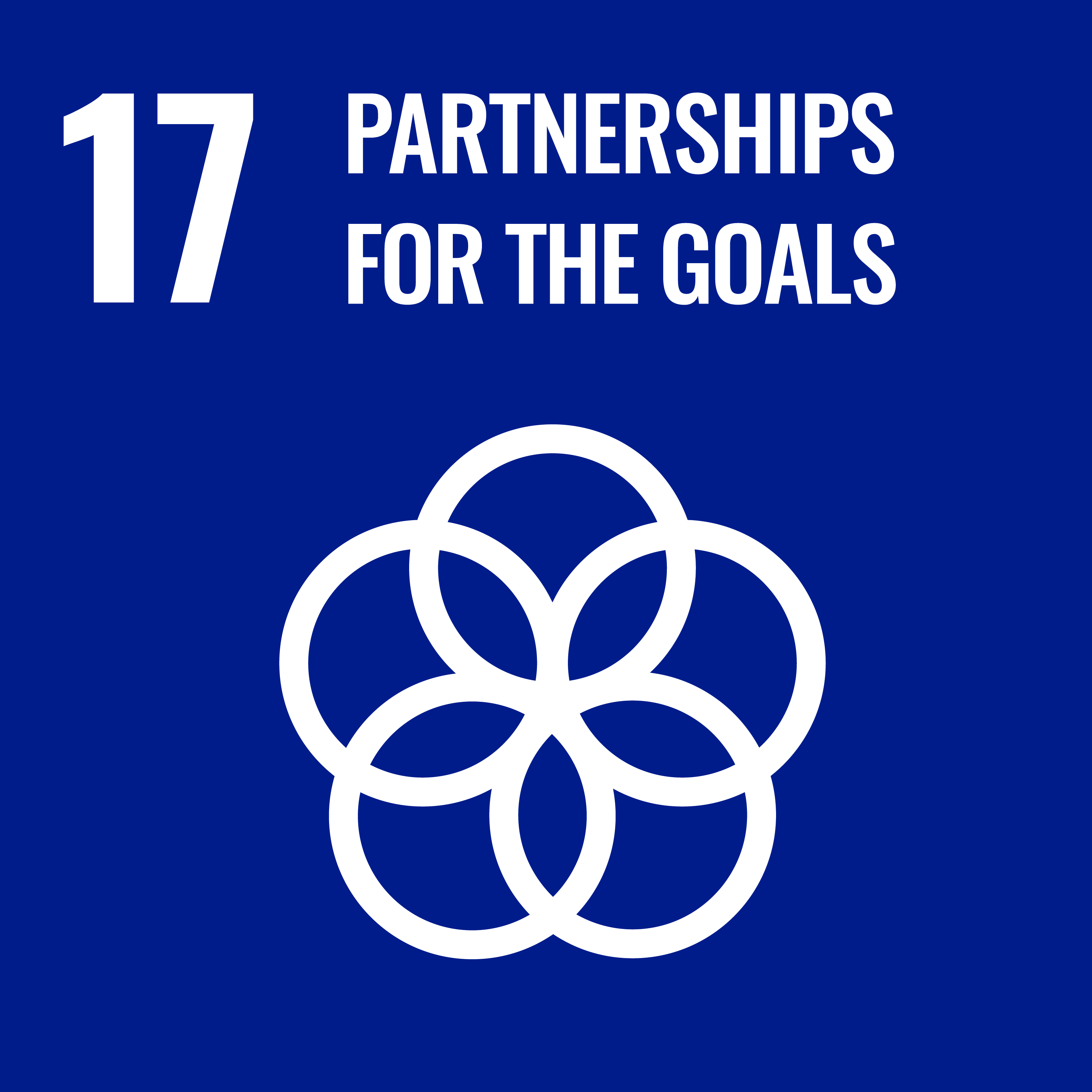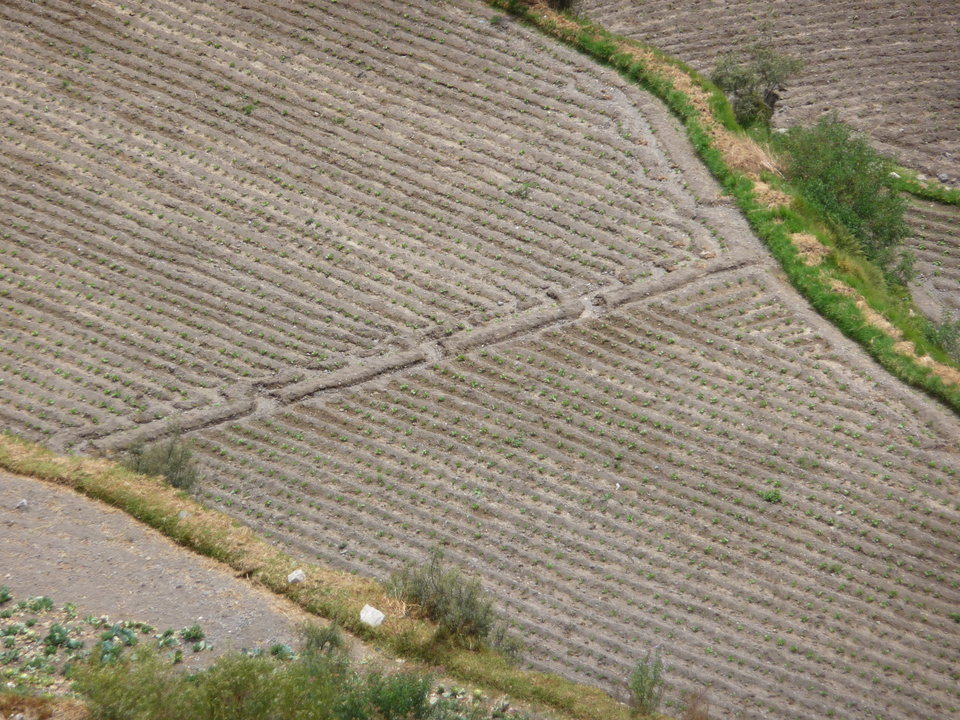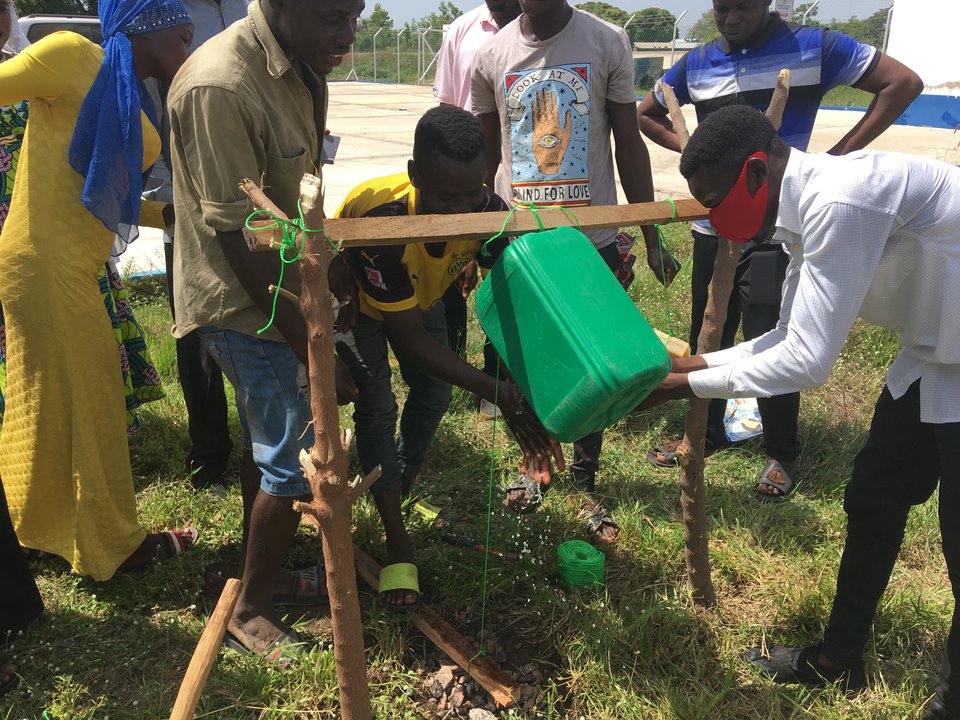A Participatory Tool Towards End-user Inclusive Implementation of Safe Water Supply
Contaminated Drinking Water
In Bangladesh drinking water is threatened by naturally-occurring arsenic, iron, manganese, and by microbial contamination. Often tubewell and surface water collection are used to obtain drinking water. However, piped water supply is a good alternative for these methods, as it targets the safest water source in the area, provides a degree of centralisation for water quality control and treatment, provides tap connections, and limits the number of (re)contamination events. Yet the cost, water taste, and billing cause obstacles for the trust in and uptake of these systems. Issues with operation and maintenance and lack of knowledge further diminish the uptake and acceptance of this solution.
TAPP Water App
The Tapp water-app is meant to assist operation and maintenance of piped water supply and to improve local knowledge of and trust in piped water systems. Tapp is a mobile crowd participation initiative intended to make use of the rapid growth of smartphone ownership
and internet access to empower local communities to take ownership of their own drinking water supply and safeguard the delivery of safe, palatable drinking water.
The app is unique in combining five different domains in a single app, where most water apps focus either on service or billing, or on water quality. These five domains are: water quality testing, payment, service delivery, connection and knowledge. While meant for piped water supply systems, the app also includes service delivery and water quality testing for the hand-pumps installed in the area. The Tapp project delivers a smart, open-access app for Bangladesh, which aids communities, local governments, community-based organizations, non-governmental organizations, and private water suppliers in end-user inclusive monitoring, operation, and maintenance of improved water service solutions. The current app is meant for use in Bangladesh, but the idea behind the app and its set-up can be applied in other resource-constrained contexts as well.
Involved partners
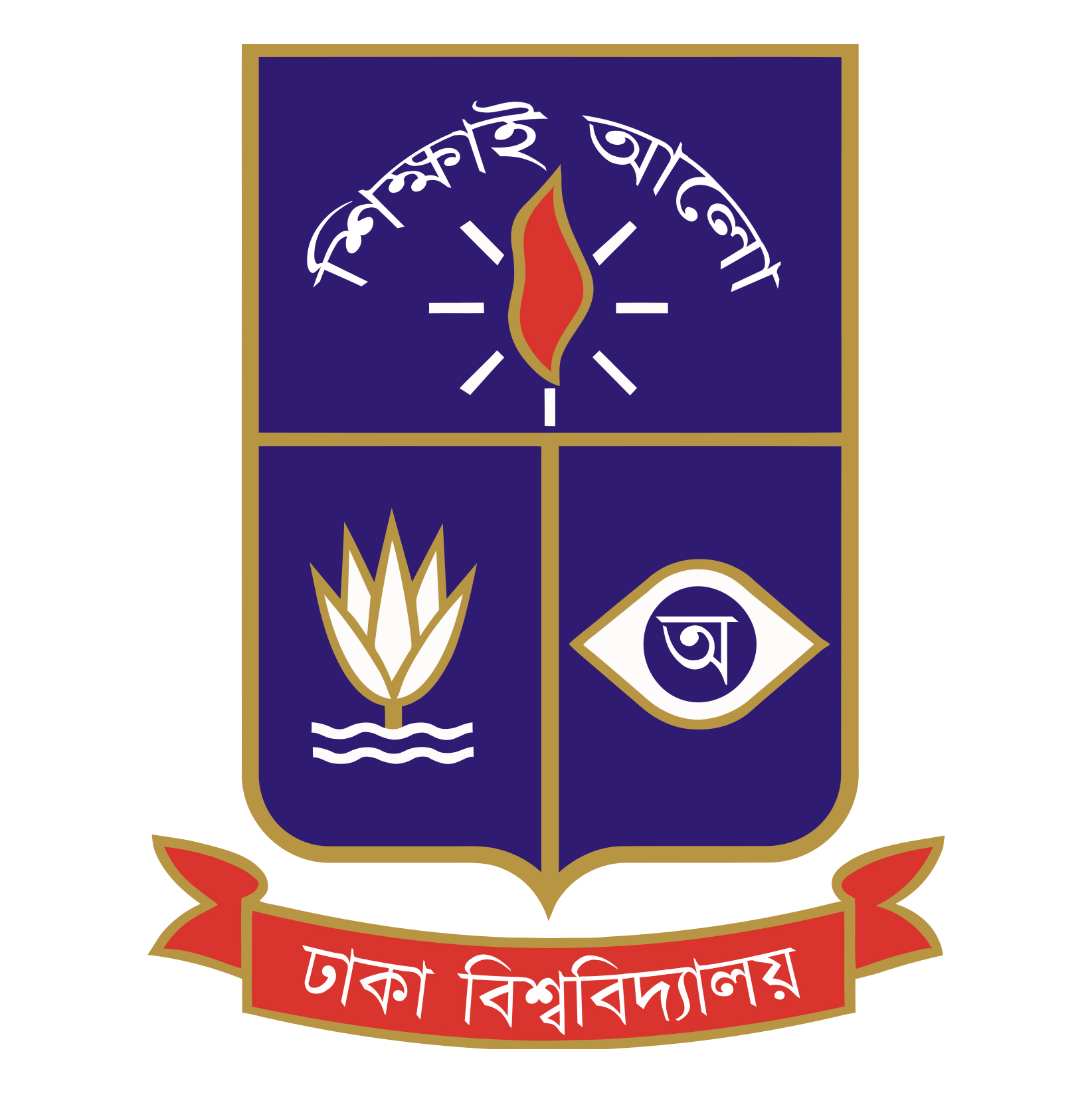
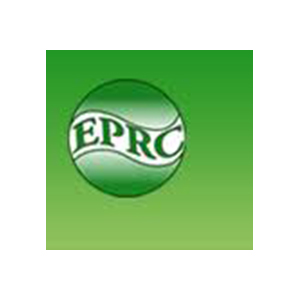
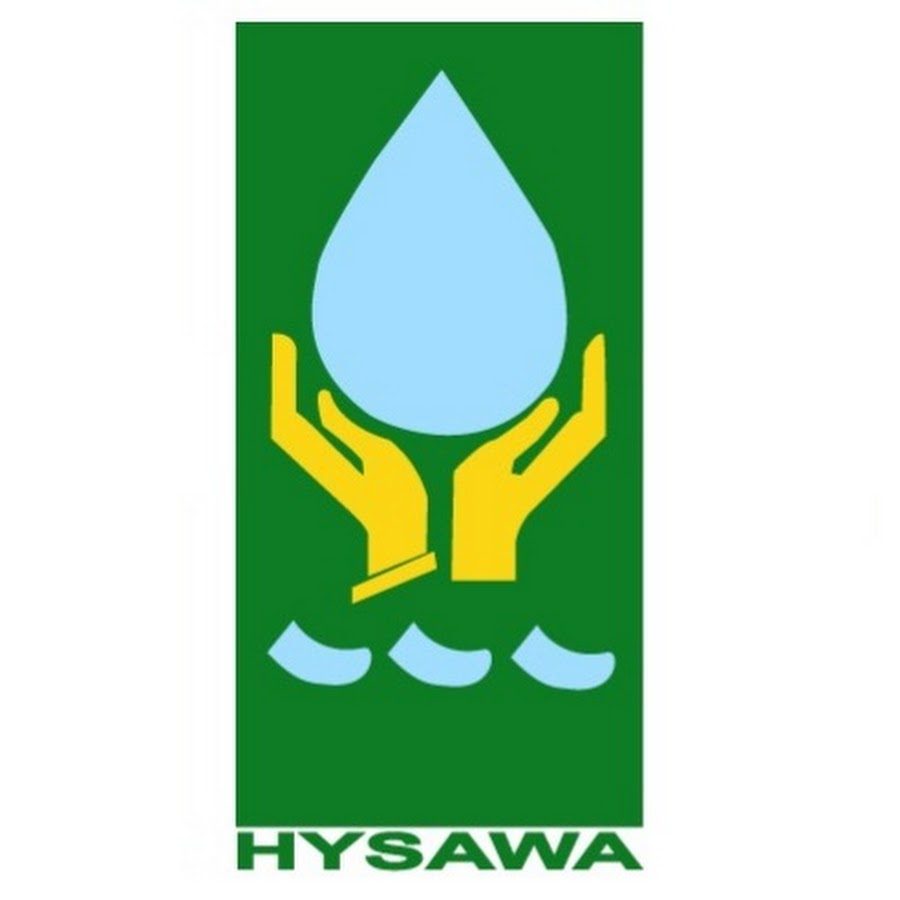
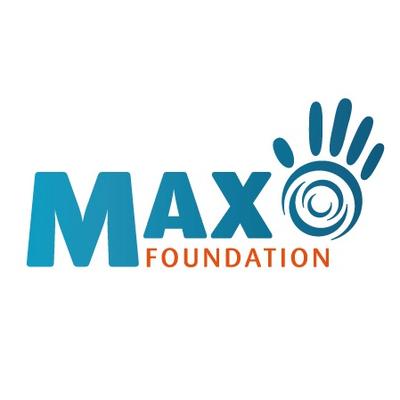

More Water for Impact Projects
TU Delft | Water for Impact is a programme of TU Delft | Global Initiative.

